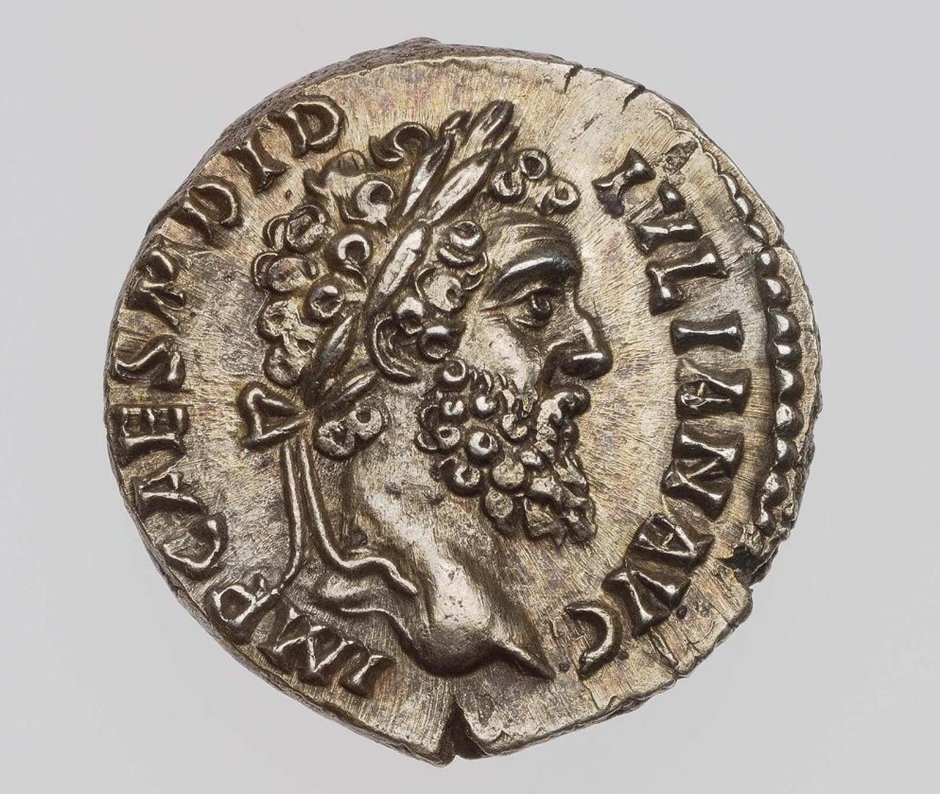#LatinForTheDay – May 30 #Ovid 🧵
“[...] dum talia secum
exigit Hippomenes, passu volat alite virgo.
quae quamquam Scythica non setius ire sagitta
Aonio visa est iuveni, tamen ille decorem
miratur magis: et cursus facit ipse decorem.
aura refert ablata citis talaria plantis,...
“[...] dum talia secum
exigit Hippomenes, passu volat alite virgo.
quae quamquam Scythica non setius ire sagitta
Aonio visa est iuveni, tamen ille decorem
miratur magis: et cursus facit ipse decorem.
aura refert ablata citis talaria plantis,...

"tergaque iactantur crines per eburnea, quaeque
poplitibus suberant picto genualia limbo;
inque puellari corpus candore ruborem
traxerat, haud aliter, quam cum super atria velum...
poplitibus suberant picto genualia limbo;
inque puellari corpus candore ruborem
traxerat, haud aliter, quam cum super atria velum...
"candida purpureum simulatas inficit umbras.
dum notat haec hospes, decursa novissima meta est,
et tegitur festa victrix Atalanta corona.”
Ovid, Metamorphoses 10.586-598
dum notat haec hospes, decursa novissima meta est,
et tegitur festa victrix Atalanta corona.”
Ovid, Metamorphoses 10.586-598
‘As Hippomenes considered these things, weighing them
In his mind, the fleet-footed maiden Atalanta sped past him.
True to say that, while she seemed no les swift than a
Speeding Scythian arrow, the Aonian youth was struck more by...
In his mind, the fleet-footed maiden Atalanta sped past him.
True to say that, while she seemed no les swift than a
Speeding Scythian arrow, the Aonian youth was struck more by...
'Her beauty: beauty made yet more beautiful by her movement.
The tassels at her ankles streamed out at the speed of her passing;
Wind-swept hair cascaded across her ivory shoulders; while
Bright-ribboned braces flashed and fluttered round her knees....
The tassels at her ankles streamed out at the speed of her passing;
Wind-swept hair cascaded across her ivory shoulders; while
Bright-ribboned braces flashed and fluttered round her knees....
'Across her beautiful youthful body spread a pinkish blush,
No different to that which blooms over a white-marble hall
When a purple awning is unfurled and sets its colour-casting shade....
No different to that which blooms over a white-marble hall
When a purple awning is unfurled and sets its colour-casting shade....
'As Hippomenes took all this in, the final turn was reached;
Atalanta – the conquering Atalanta – was wreathed in victory.’
Atalanta – the conquering Atalanta – was wreathed in victory.’
A quick day-off from Seneca, as I promised someone I'd translate a bit of Latin for them, and they always give me an Atalanta-vibe. So here's Hippomenes' first sight of Atalanta, as she defeats her would-be suitors in a foot-race.
The Image at the head of this thread is 'Hippomenes and Atalanta' by Guido Reni, ca. 1618-1619 (Museo del Prado: P003090).
Link - museodelprado.es/en/the-collect…
#LatinForTheDay #Ovid 🧵
Link - museodelprado.es/en/the-collect…
#LatinForTheDay #Ovid 🧵
• • •
Missing some Tweet in this thread? You can try to
force a refresh

 Read on Twitter
Read on Twitter














